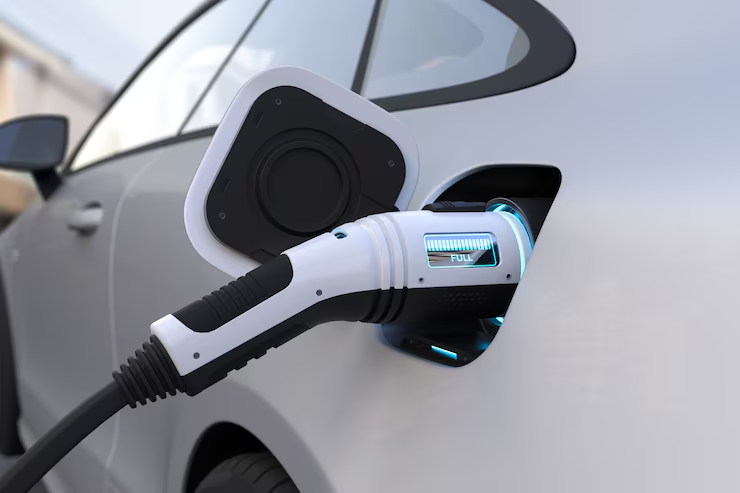Comments
- No comments found

Texas has revamped its energy industry by investing in renewables in the last decade.
The state is now leading the United States’ planned wind and solar projects. By 2035, its capacity will swell, accounting for 45 percent of the state’s total power generation. Texas is also on track to surpass California’s large-scale solar power this year.
Additionally, Texas can supply more than 30 gigawatts of battery storage to around 22.5 million homes by the end of this decade.
Texas residents can leverage renewable energy and electric vehicles (EVs) with these investments. But how can you use these technologies efficiently?
Let’s first discuss how the Texas government is future-proofing the state’s renewables and EVs.

The green Texas infrastructure has been successful due to the following reasons:
Experts attribute Texas’ renewable energy success to its resource-rich geography. They noted its windy conditions and significant geography in the western region.
For example, one of the world’s largest wind farms—the Roscoe Wind Farm—is located southwest of Abilene in Texas. It can supply wind energy to over 200,000 homes.
Federal subsidies are crucial to Texas’ renewable energy investments. These incentives made wind-power production and turbine construction more feasible.
As a result, wind farms had lower capital costs, making them viable for producing electricity in the state.
The ERCOT—Electric Reliability Council of Texas—is the state’s standalone energy grid. A deregulated energy market also established economic opportunities for renewable resources.
This market allows almost anyone to enter and contribute to Texas’ renewable grid, enabling many entities to produce and supply power.
Here’s how to integrate EVs with renewable energy:
The first step is to assess your EV and household’s energy consumption. Then, research renewable energy plans that align with your energy needs.
Many providers offer plans with solar, wind, and a mix of renewable sources. Afterward, consider the incentives. Some plans may offer special rates for EV owners, such as off-peak charging discounts.
The available renewable sources include:
Hydro – This source has natural abundance and high power capacity.
Wind – This source can be easily installed over land and water and has high power capacity.
Photovoltaic (PV) solar systems – This source converts sunlight into electricity, is easy to install, relatively low maintenance, and has a longer lifespan.
Solar thermal – This source produces thermal energy for household heating systems. It’s also highly efficient and low-maintenance.
The integration of EVs with renewable energy brings the following setbacks you must understand:
The widespread use of EVs increases the charging loads. As a result, the power infrastructure may face significant challenges, such as slow charging speeds.
The distribution mechanism may suffer from improper EV charging station planning, resulting in worsened voltage profiles and higher power losses.
Renewable sources also have their drawbacks. These problems include:
o Soil deterioration
o Flood and erosion
o Intensive water maintenance
o Intermittent power
o Storm susceptibility
o Carbon footprints from solar PV manufacturing, installation, and transportation
o Increased energy storage dependency
o Expensive installations
Renewable energy and EVs are essential in establishing a sustainable lifestyle. And in Texas, there are many opportunities to maximize energy efficiency.
Although renewable and EV integrations have disadvantages, the benefits can outweigh the problems if you know how to use them correctly.
So, invest in renewable-powered EVs today to future-proof your household and contribute to Texas’ efforts in creating a sustainable future.
Leave your comments
Post comment as a guest